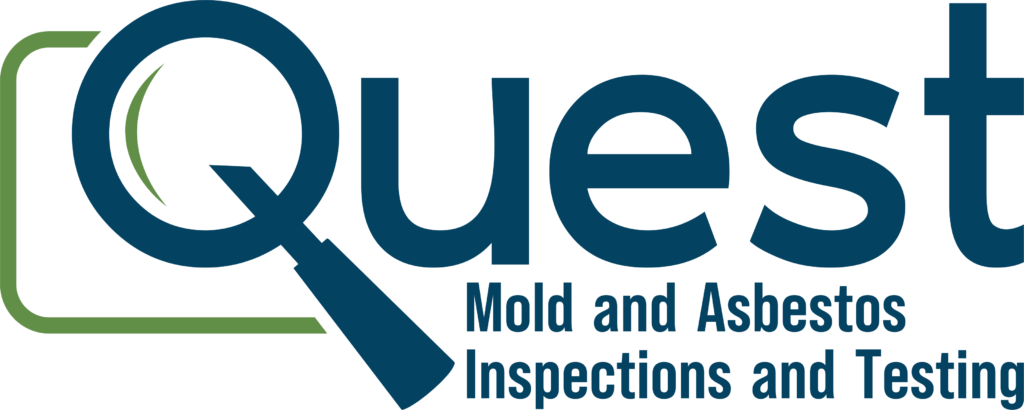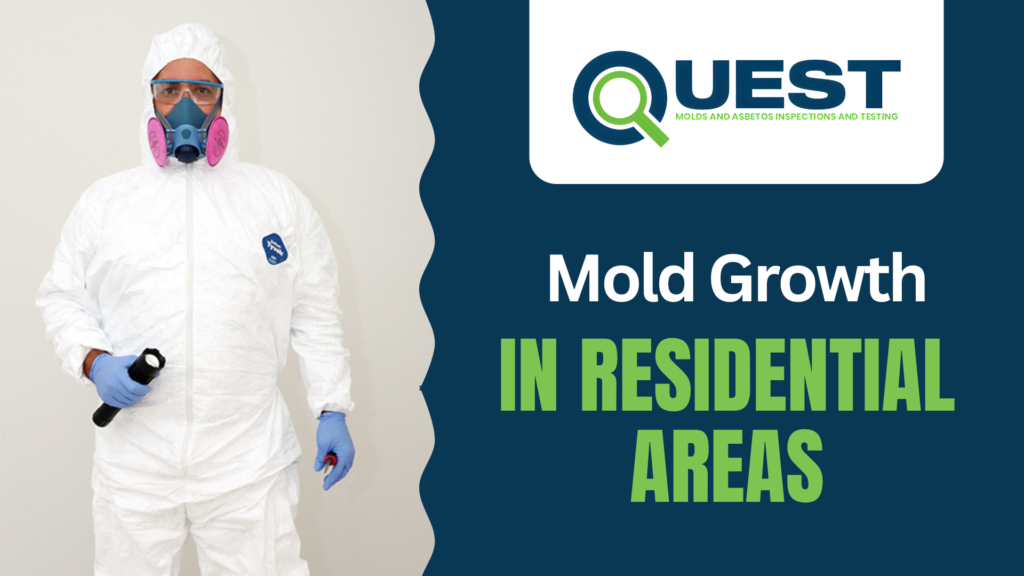Climate change is changing the various conditions which trigger mold growth indoors. Increased global temperatures, shifting weather patterns lead to greater rainfall, increased humidity, and extreme weather conditions such as flooding, hurricanes that can create ideal conditions that enhance mold development.
Health Risks of Mold Growth
Mold is very dangerous to human health due to the spores and mycotoxins it releases into the air, which can cause respiratory problems and allergic reactions. Most children, elderly populations, and people with already predisposed conditions fall in the vulnerable population and are of grave concern, hence mold remediation turns into a matter of public health priority.
Climate Change and Mold Proliferation
Weather Patterns and Moisture
The extreme events with heavy rain and flooding allow moisture to seep into the buildings, thus setting up an ideal environment for mold growth. Rising sea levels contribute to the increased indoor humidity, especially in coastal areas.
Temperature and Humidity Rise:
Warmer temperatures and increased humidity extend the mold growth season, favoring certain mold species that may not have thrived in specific regions before. Given these changes, the U.S. EPA recommends better indoor air quality.
Health Implications of Mold
Respiratory and Allergic Reactions:
Exposures to mold result in difficulty with breathing and allergic reactions. The common symptoms are sneezing, coughing, and itching of the eyes. In asthma patients, mold causes worse symptoms. Prolonged exposure can cause serious respiratory diseases.
Vulnerable Groups
People who have impaired immunity, small children, and aged individuals are more vulnerable as far as mold-related health effects are concerned. Therefore, their environment should be free of mold.
Factors Favoring Growth of Mold
Water Intrusion and Damage:
Mold grows best in damp conditions, further being fed by severe weather. Water intrusion could come through:
- Roof leaks
- Basement flooding
- Plumbing failures
Remediation of water damages must be prompt to avoid mold growth.
Indoor Air Quality and Building Materials
Mold relates to indoor air quality since spores circulate in the air and may enter an individual’s lungs. Common building materials, like drywall, can retain moisture, and some of those materials are prone to mold. Air quality checks and dehumidification require periodic performance for prevention.
Strategies of Prevention and Mitigation
- Homeowners can take the following steps to prevent mold conditions:
- Assessment and Resources: Situation assessment concerning molds, particularly after extreme weather is critical. Resources from EPA and FEMA are available for supporting efforts on prevention.
- Removal and Remediation: Once assessed, removal and subsequent remediation should be done promptly, which involves the following:
-Dehumidifiers and fans
-Mold-specific cleaning solutions.
Ongoing maintenance and frequent inspections will help prevent mold occurrence, particularly as climate change continues to be a challenge. Knowing the factors and knowing what to do helps homeowners protect property and health amidst such an uncertain climate


